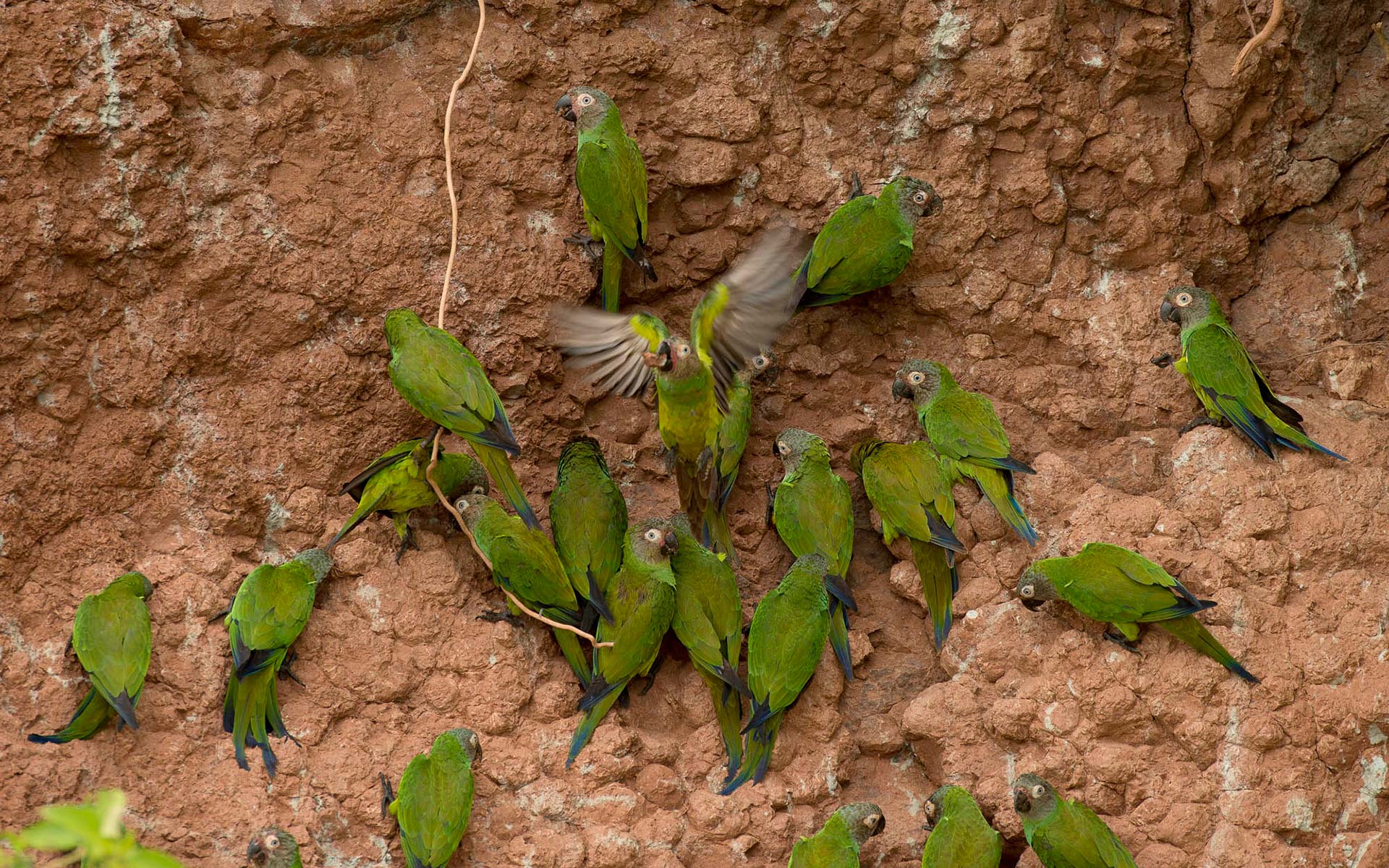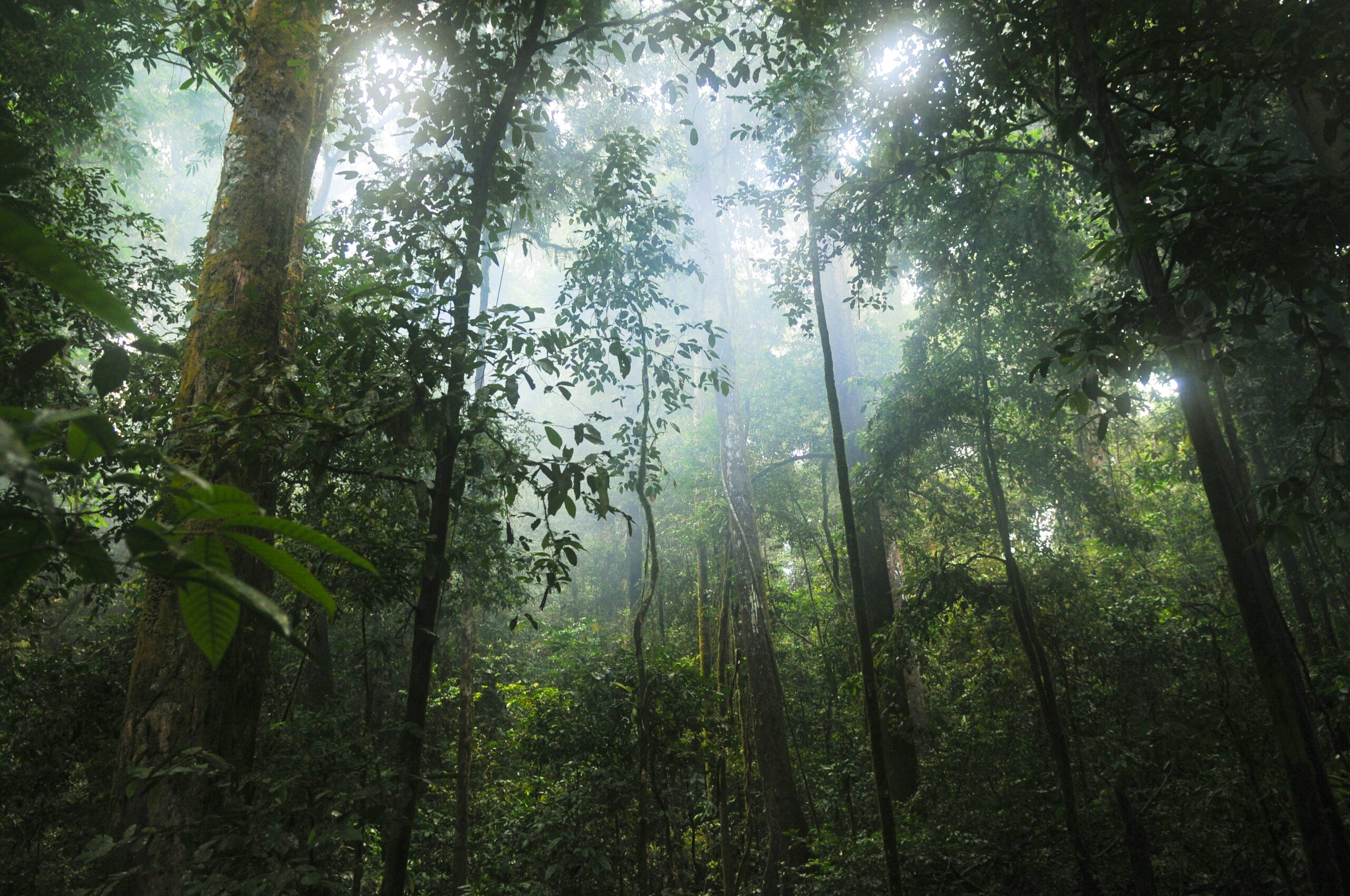The Amazon Rainforest, the largest of its kind in the world, stretches across nine nations and covers an immense 6 million square kilometres. Home to no less than 10% of all known species on Earth, this region includes unique and threatened species of plants and animals. The Amazon River itself contributes between 15% and 16% of all freshwater flowing into the world’s oceans. The dense foliage that defines this natural wonder and draws in visitors for its untamed allure is also what renders much of it impenetrable. Within the confines of Ecuador, a lush 42,000 square miles of rainforest flourishes. Although it pales in comparison to Brazil’s vast expanses of jungle, Ecuador’s portion of the Amazon is bursting with biodiversity and offers a chance to witness the forest in its untouched, natural glory. Moreover, it’s easily reachable with just a brief flight and a boat journey from Quito, the nation’s capital.
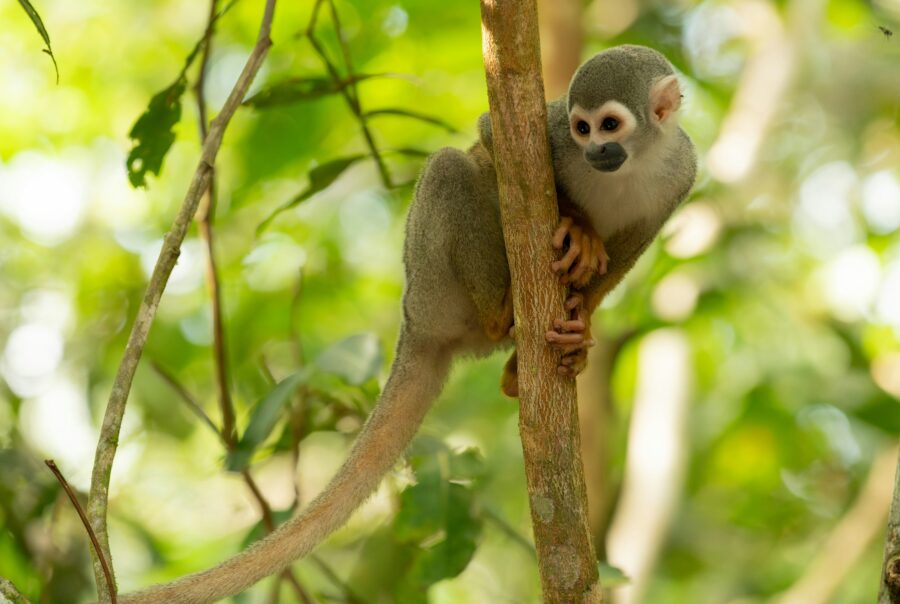
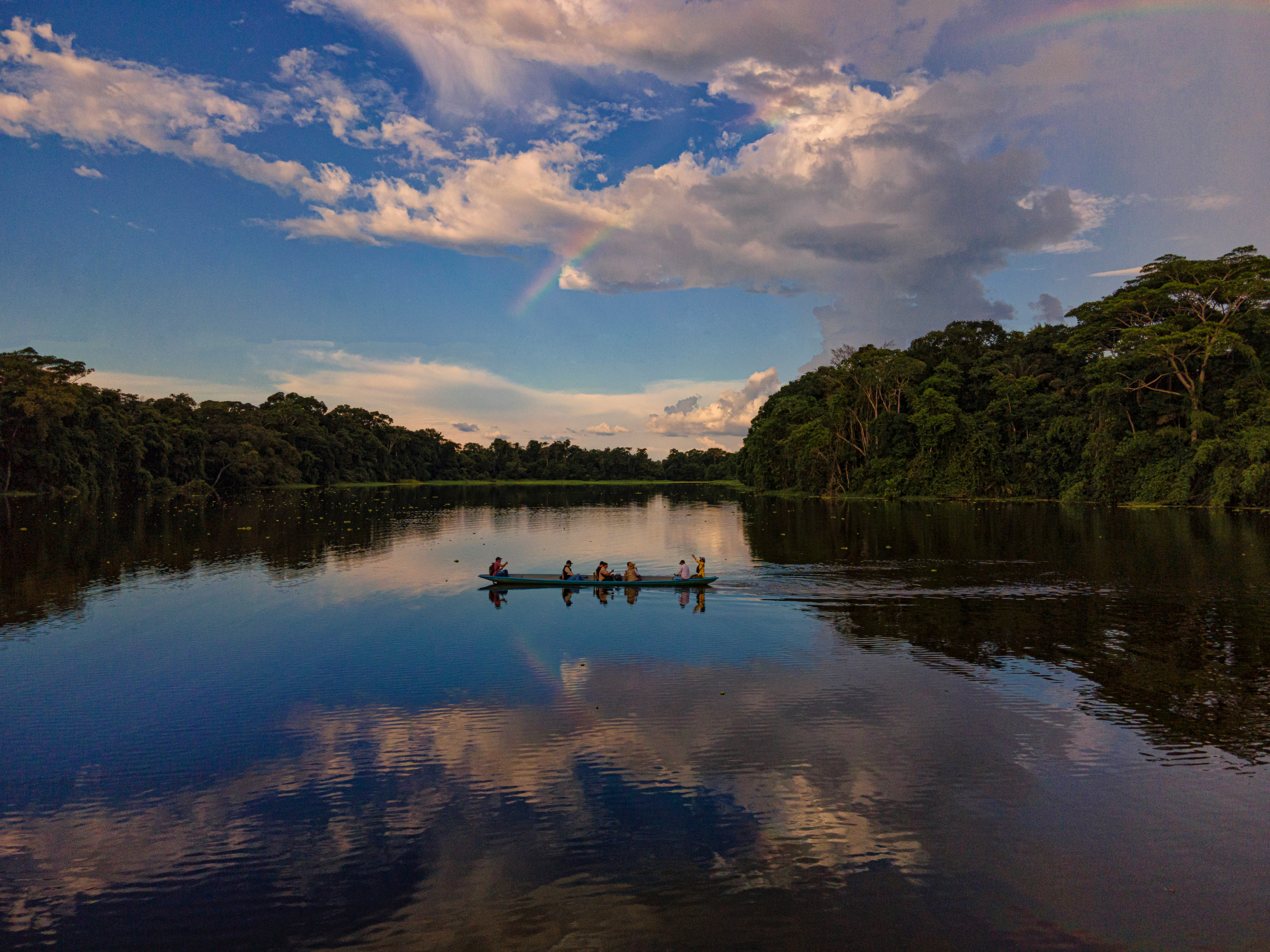
Coca serves as the gateway to the Amazon adventures in Ecuador, nestled in the Oriente region where the Andean highlands cascade down to the Amazon basin’s rainforests, delineated by the grand Napo River. On a humid, sun-drenched afternoon, our journey began with a pickup from the small airport, followed by a drive to the riverbank. Here, we boarded motorized canoes, embarking towards our secluded lodge in the jungle. The voyage downstream, just over an hour, transported us into a different world of dense trees, overhead birds, and minimal human presence; we had reached the Yasuni National Park.
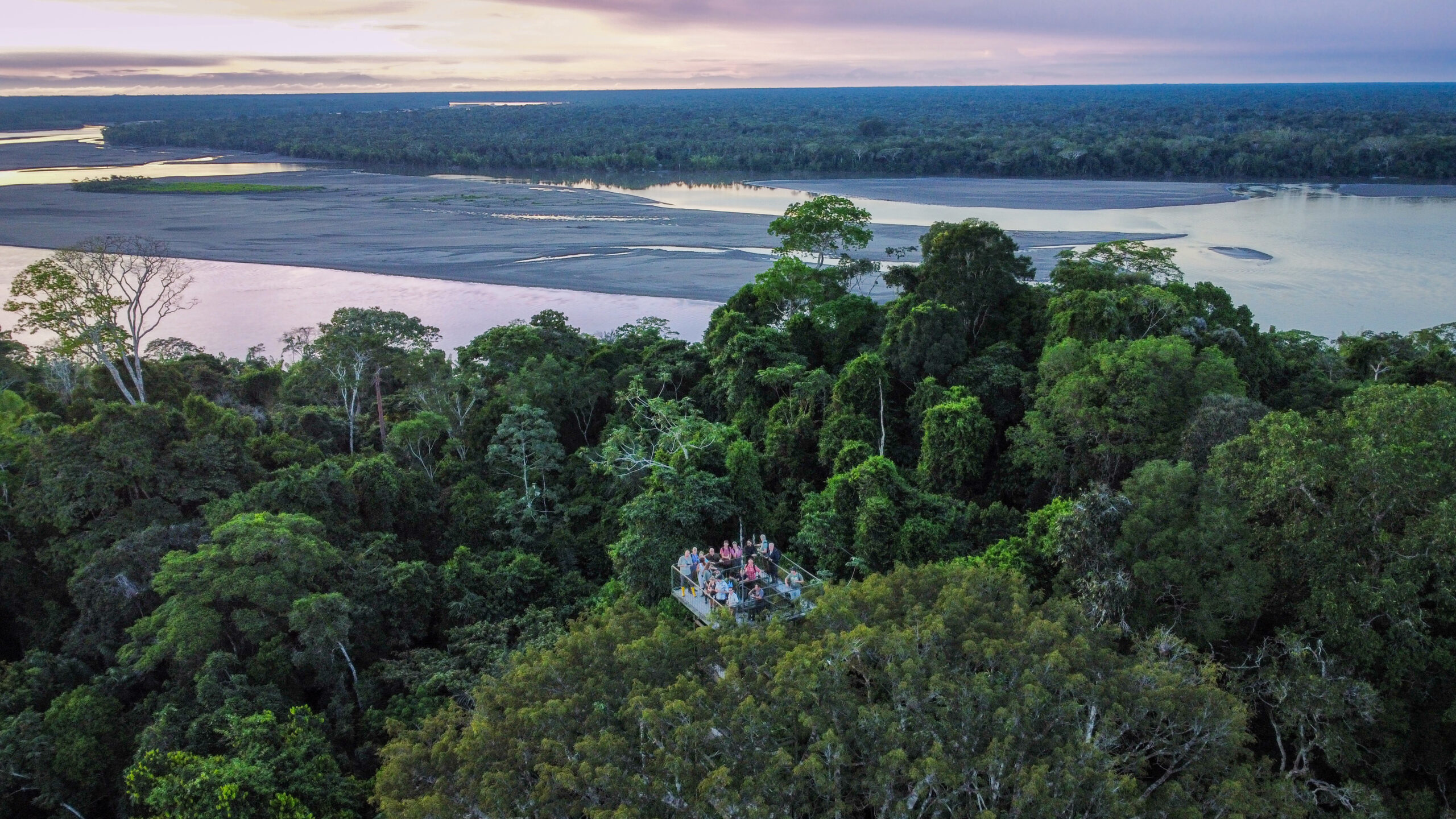
A typical day in Yasuni begins at sunrise or earlier, in order to take advantage of the cool morning hours when the rainforest’s animals are most active. Guided explorations are rich with insights into the rainforest’s complex web of life, including its plants, insects, birds, reptiles, amphibians, and mammals. Visitors can ascend to a canopy platform perched 130 feet high in a cecropia tree for a bird’s-eye view of the forest. The day may be filled with canoe excursions, nature hikes, and cultural interactions with indigenous communities. As night falls, the rainforest reveals a different side, and guided walks with flashlights offer glimpses of nocturnal creatures rarely seen in daylight. These activities not only allow for a deeper connection with nature but also contribute to the conservation efforts by supporting sustainable tourism and local communities.
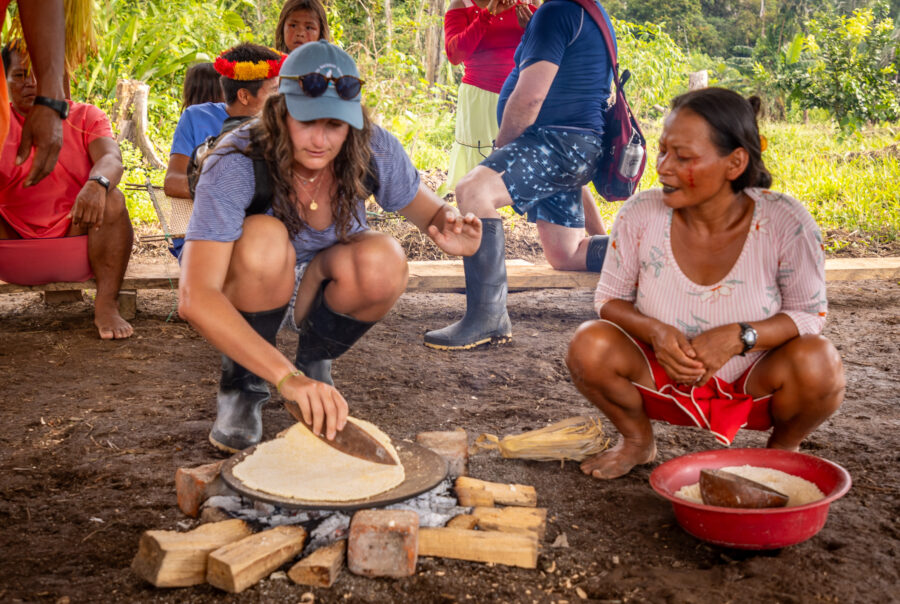
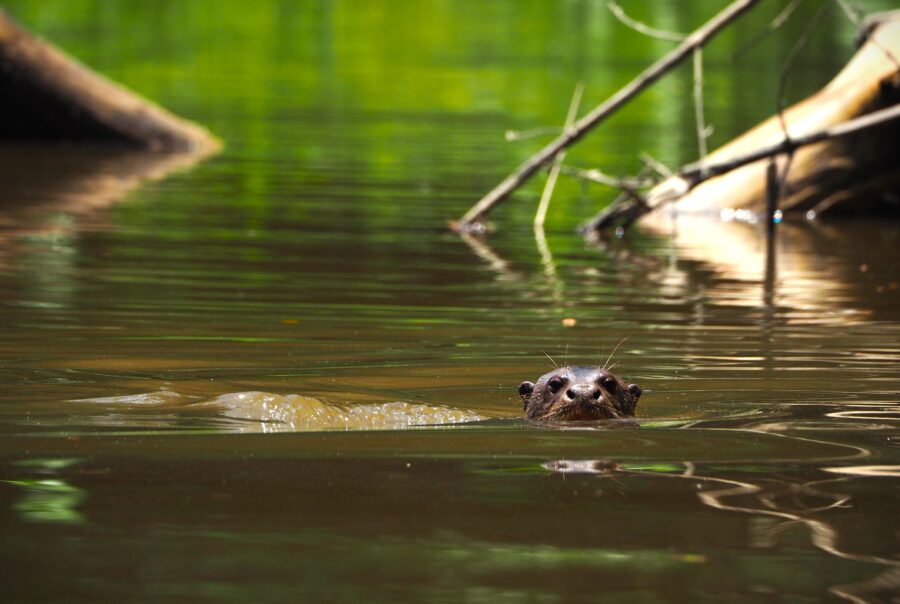
Nestled amidst primary rainforest, Sacha Lodge sits just two miles away from the Rio Napo and overlooks a serene, deep lake. Spanning 3,200 acres of pristine private reserve, the lodge offers extensive networks of footpaths and canoe trails for exploration. Renowned as one of the Amazon’s premier accommodations, Sacha Lodge boasts comfortable screened-in huts with thatched roofs crafted from local materials. Alternatively, travellers may opt for the Napo Wildlife Center EcoLodge, a meticulously constructed haven showcasing traditional Kichwa architecture and operated by the Añangu Indigenous Community. This jungle retreat features 20 private cabins adorned with indigenous artwork, offering unparalleled vistas of the jungle and the Añangu lagoon. Notably, the Napo Wildlife Center stands as a beacon of ecotourism excellence, with the community’s commitment evident in its environmental initiatives, arguably the most advanced in the Amazon.
